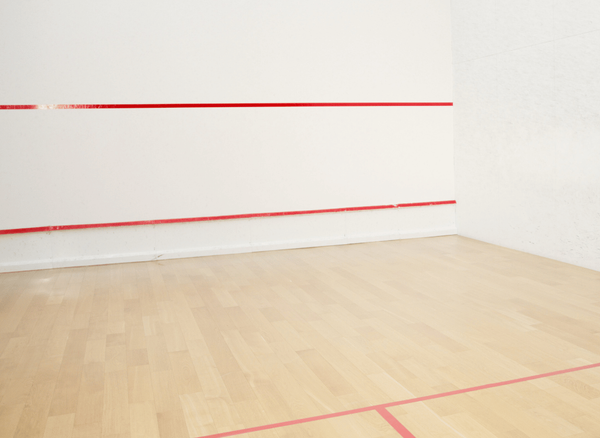Racquetball is a fast-paced sport that combines elements of tennis, squash, and handball, is not only a thrilling game to play but also an exciting one to watch. However, for newcomers, understanding how the scoring works can be as challenging as hitting that perfect kill shot. Fear not! We're here to demystify the scoring system and turn you into a racquetball scorekeeping pro in no time.
Scoring in racquetball might seem complicated at first, but once you get the hang of it, you'll find it's quite straightforward. Let's dive into the essentials of racquetball scoring and some tips to keep track effortlessly.
Understanding the Basics of Racquetball Scoring
Racquetball is typically played to 15 points, and matches are usually best-of-three games. The first player to win two games wins the match. If each player wins one game, a tiebreaker game to 11 points is played.
However, unlike some other racquet sports, you can only score points when serving. This rule adds a strategic layer to the game, as holding the serve becomes crucial to winning.
Serving for Points
The server begins the game and continues to serve until they lose a rally. Once the server wins a rally, they score a point and serve again. This process continues until the server loses a rally, at which point the serve passes to the opponent. This back-and-forth continues until one player reaches the required number of points to win the game.
The server must win rallies to accumulate points and maintain control of the serve.
Rally Scoring vs. Traditional Scoring
It's important to note that some leagues and tournaments use rally scoring, where points can be scored by either player, regardless of who served. This system speeds up the game and can make it more exciting for spectators. However, traditional scoring remains the most common method used in racquetball.
The Intricacies of the Tiebreaker
If the match goes to a tiebreaker, the game is played to 11 points, but the same scoring rules apply—the server must win the rally to score a point. The player who scored the highest total of points in the first two games gets to serve first in the tiebreaker, giving them a slight advantage.
Keeping Score During the Game
Keeping score during a racquetball game requires focus. One helpful tip is to announce the score before each serve, stating the server's score first. This not only helps you keep track but also ensures that both players are aware of the current score. Additionally, many courts have scorecards or whiteboards available to help keep a visual tally.
Understanding racquetball scoring is essential to playing the game effectively and enjoying it to the fullest. With these insights, you'll be keeping score like a pro in no time.








